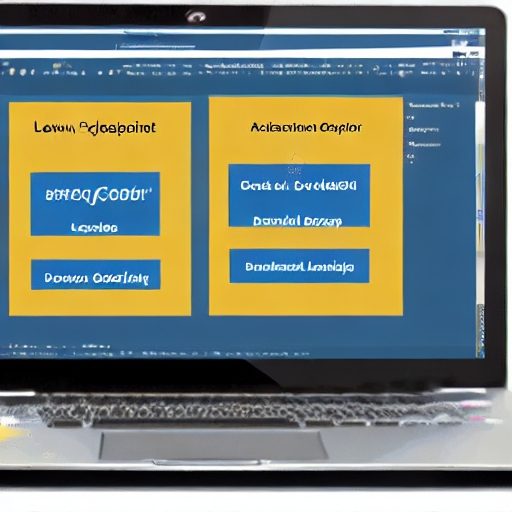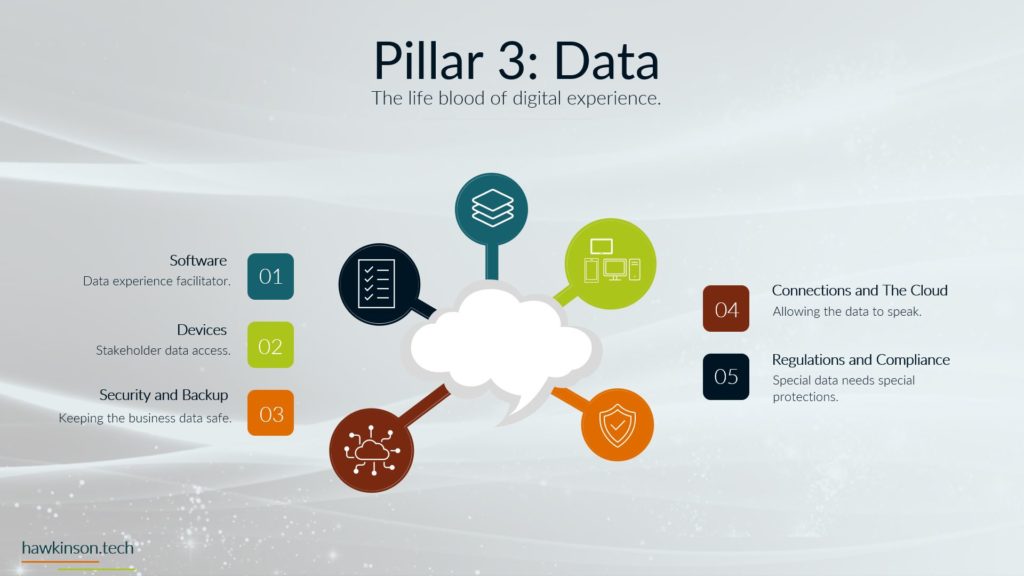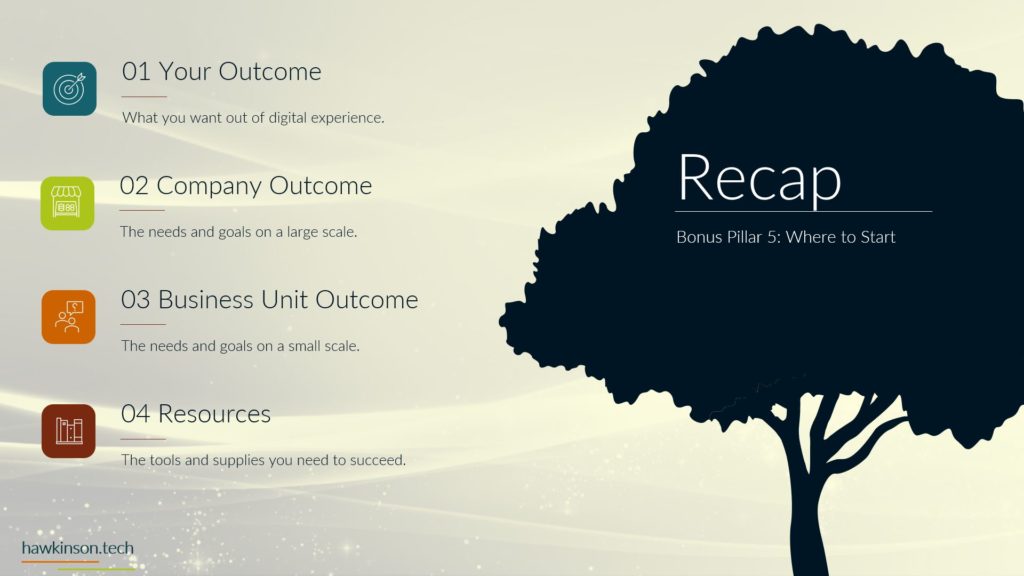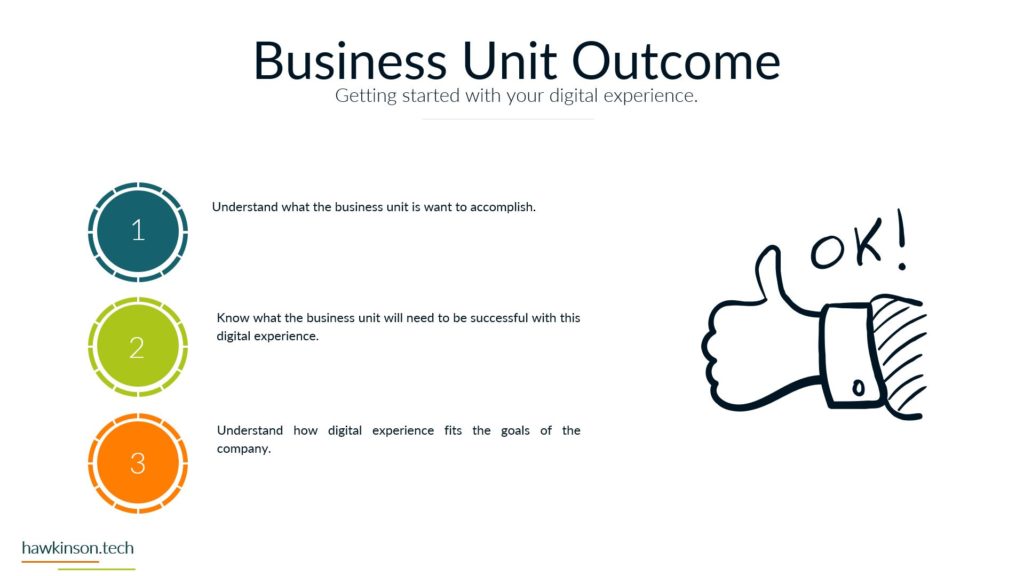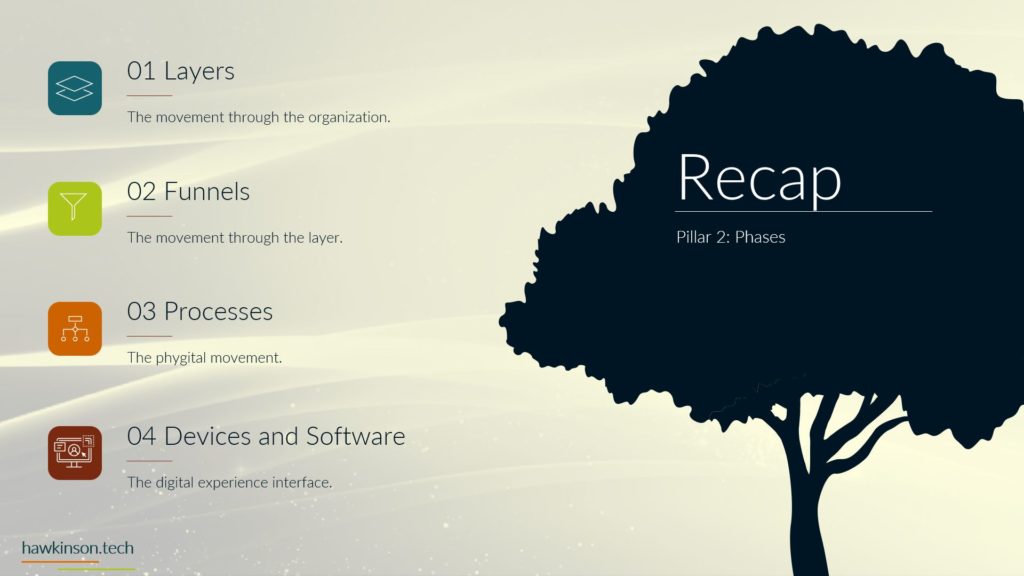Operations Hub is an innovative operations management software designed by HubSpot to help businesses streamline operations and optimize workflows. This all-in-one platform offers a range of features and tools to help operations managers automate tasks, streamline processes, and improve efficiency across the organization.
While it is more geared toward small and medium enterprises (SMEs), it has also proven effective for larger corporations. With Operations Hub, as an operations manager, you can manage different workflows and data across various systems and departments, all from a single intuitive interface.
One of the most important aspects of an operations management tool is its ability to streamline processes and save time. With Operations Hub, you can automate tasks and sync data between different systems, eliminating manual data entry and reducing the risk of errors.
Three main features that Operations Hub stands out for are:
Key Features
- Automation: Operations Hub offers a range of automation tools to help businesses automate repetitive tasks, such as data syncing, lead routing, and more. You can set up custom workflows and automate tasks between different systems, such as your CRM and marketing automation software, to eliminate manual data entry and save time.
- Data Syncing: Operations Hub offers powerful data syncing capabilities, allowing you to sync data between different systems and databases, such as your CRM, marketing automation software, and e-commerce platform. With real-time data syncing, you can ensure that your data is always up-to-date across all systems, eliminating data silos and improving data accuracy.
- Custom Objects: Operations Hub allows you to create custom objects to track unique data sets specific to your business, such as events, subscriptions, or custom orders. This feature provides a flexible way to manage data beyond traditional CRM and marketing automation tools.
Other features of Operations Hub include:
- Enhanced reporting and analytics capabilities
- Customizable dashboards
- Workflow management tools
- Integration with popular systems such as Shopify, Magento, and more
- Advanced security feature
















